Lime Plaster: All Your Questions Answered
What is lime plaster and why should you use it? Here we answer the most commonly asked questions about lime plaster and explain everything you need to know.
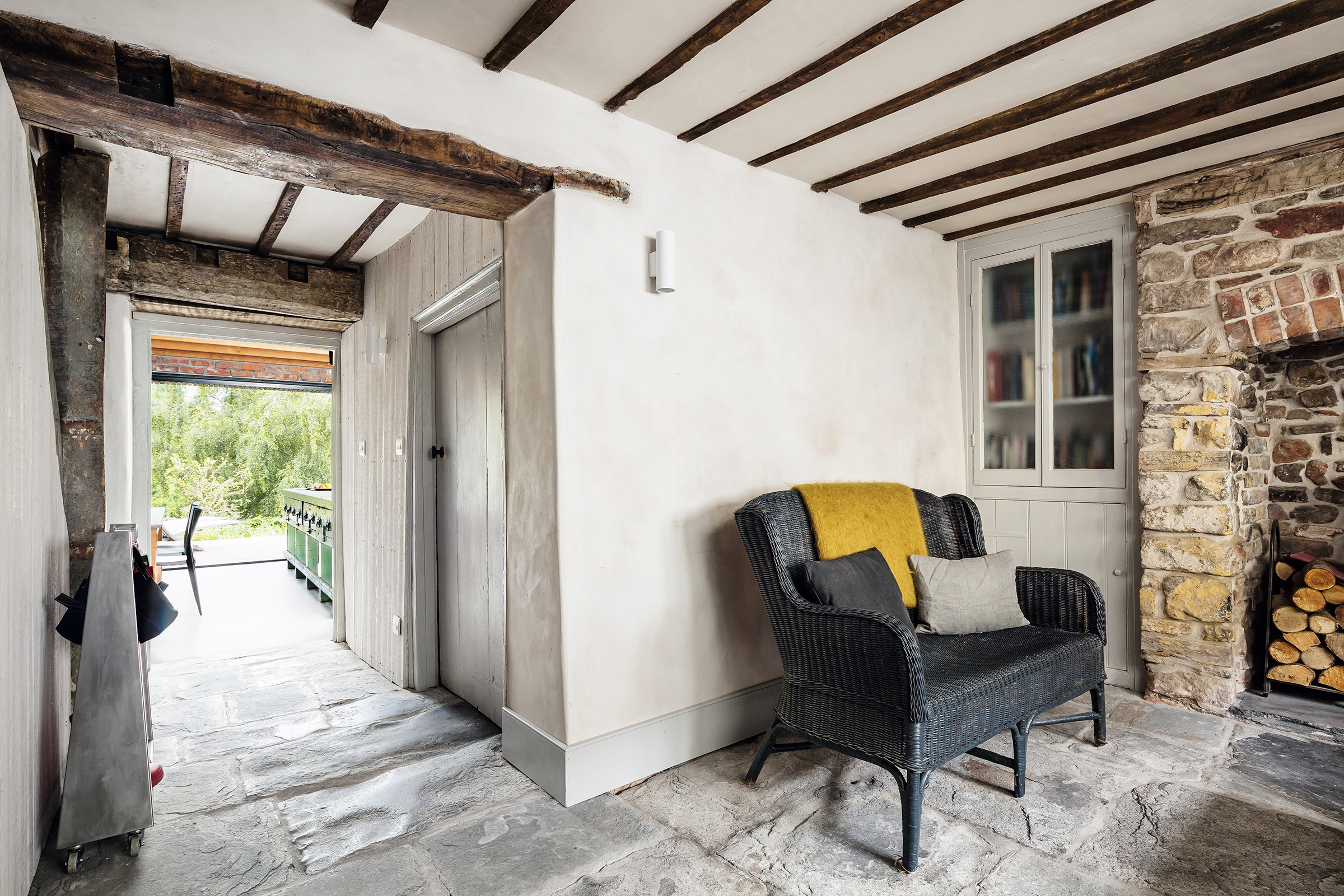
Lime plaster is an internal wall finish that has been used for thousands of years and is still in use today thanks to its many benefits, although gypsum-based plasters and cement plasters are now often used in its place.
Plastering walls can be carried out in a number of ways are there are several different types of plaster, including lime plaster, that can be used for the job.
Here, we give you all the information you need if you are considering using lime plaster on the walls of your home or already have lime plaster in place, including how it compares to modern plaster mixes and how to paint over it.
What is Lime Plaster?
Lime plaster is a traditional type of mortar used to cover the surface of internal walls and ceilings before painting. Records of it being used date back 140 centuries to northern Jordan.
It is made up of a mixture of lime, sand and water — sometimes fibres such as animal hair are added to strengthen the mix and to ensure a good bind with the substructure.
The lime for the plaster is a product of limestone, chalk or seashells formed from calcium carbonate that have been burnt to produce quick lime.
There are two main types of lime:
Bring your dream home to life with expert advice, how to guides and design inspiration. Sign up for our newsletter and get two free tickets to a Homebuilding & Renovating Show near you.
- Non-hydraulic lime is made from pure limestone and is available as lime putty. It offers brilliant flexibility and breathability.
- Hydraulic lime is produced from limestone with natural impurities containing some setting agents — it comes in powder form and begins to set once it comes into contact with water.
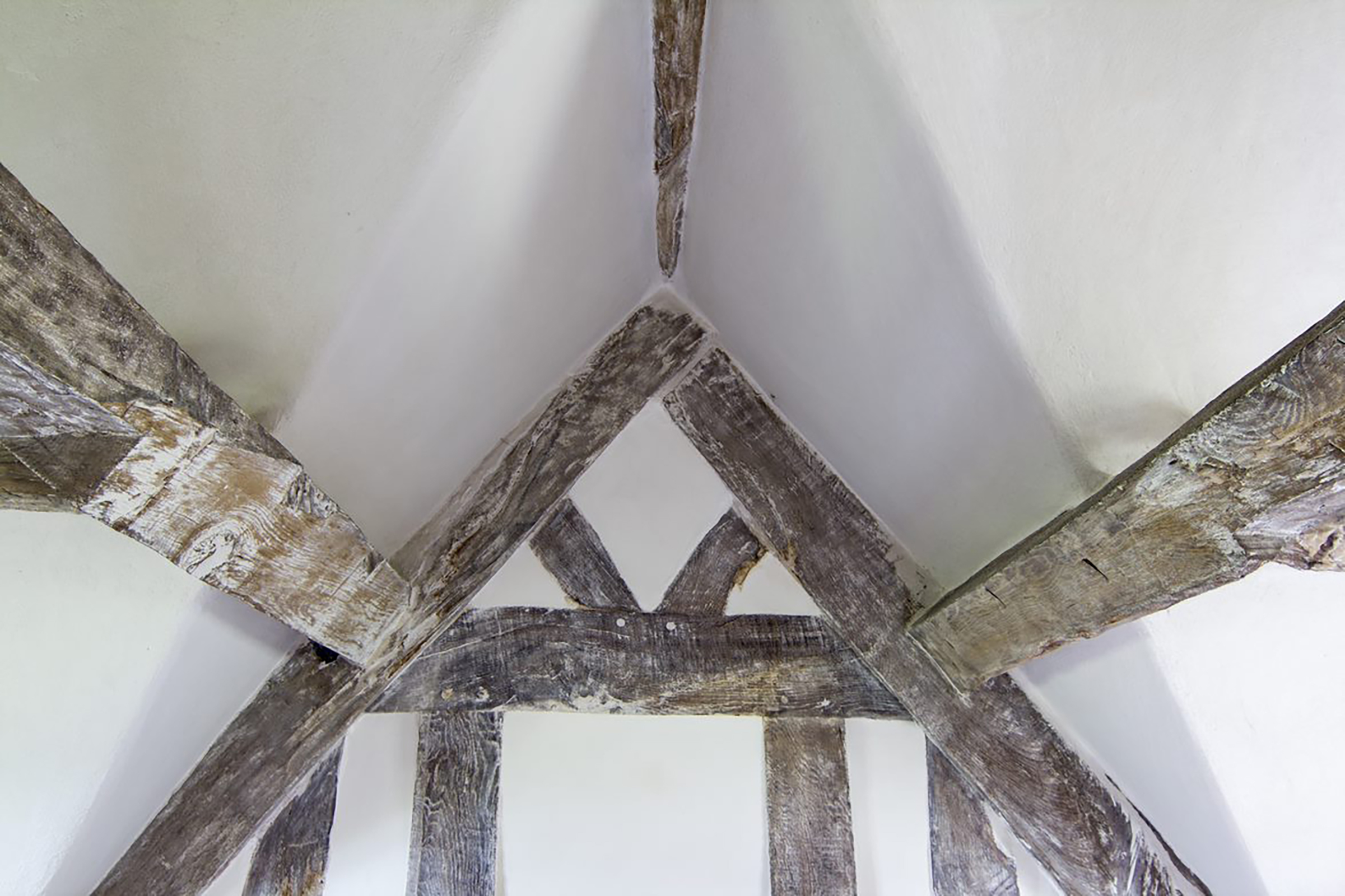
Venetian plaster is another type of plaster containing lime, while clay plaster is similar in that it is natural, breathable and very traditional, yet uses clay rather than lime.
How Do I Identify Lime Plaster?
If you live in a house that was built before 1919 it is likely to have been plastered using lime — although just because your house may have been built later than this it doesn't mean lime won't have been used.
Lime plaster is usually an off-white colour (as opposed to pinkish as with gypsum-based mixes.)
When trying to identify your plaster type, check for the presence of sand and hair — both tend to be good indicators of lime plaster, as is the finish being soft to the touch and obviously old.
If you have lath and plaster, cob or solid masonry walls it will be likely that lime plaster has been used.
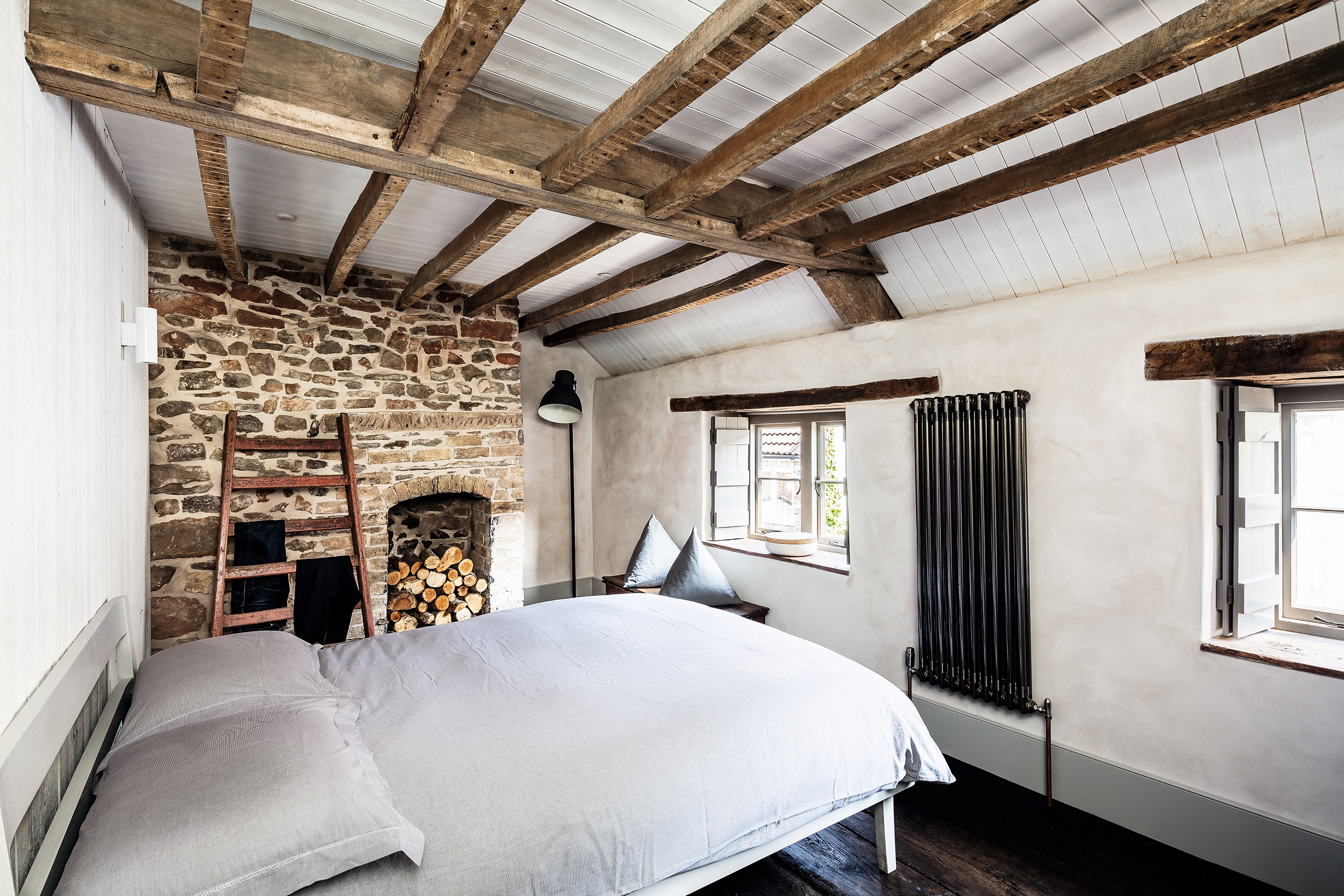
Why Use Lime Plaster?
There are many advantages of lime plaster and although it has largely been superseded by modern gypsum-based plasters, more and more renovators and owners of period properties are realising its importance — although even those building new homes are cottoning on to its benefits.
So, why use lime plaster?
- It prevents damp. Lime plaster is a 'breathable material', meaning air can pass through it, unlike denser cement, or polymer-based renders and plasters. This means that when moisture forms it can escape — so no damp issues to worry about. One of the biggest causes of damp in old properties is the use of modern, impermeable materials.
- It is an eco-friendly option. As well as requiring less energy to produce than many other types of modern plaster, lime also has the ability to absorb carbon dioxide from the atmosphere.
- It can improve air quality. Lime plaster acts a bit like a natural dehumidifier, removing moisture from the air when needed and releasing it back when the air gets too dry.
- It is very long-lasting. Because it is made of such tiny particles, lime plaster is able to penetrate deep into even tiny gaps forming a tight bond. What's more, lime plaster actually becomes stronger over time as calcite crystals form.
- It is flexible. Lime is a really forgiving material and is less likely to crack than more brittle cement-like materials.
- It is very attractive. Lime plaster has a beautiful, soft natural finish that is really quite unique — it can be used in rustic and contemporary properties alike.
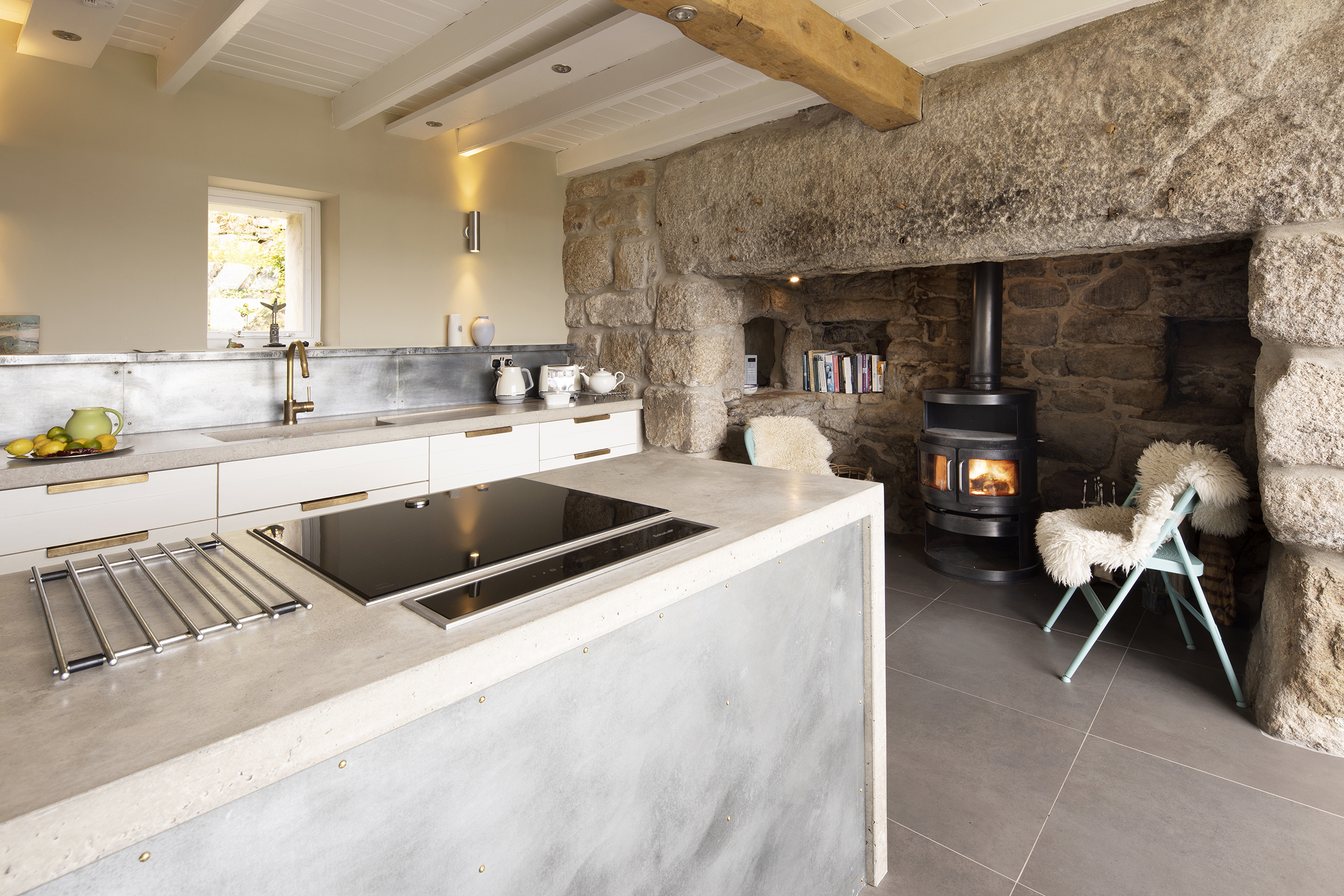
Is Lime Plaster Expensive?
It is generally more expensive to plaster your house using lime plaster than with cement or gypsum plaster.
There are a couple of reasons for this. Firstly, the process of applying the lime plaster takes longer and is more involved meaning higher labour costs, although most plasterers will still just charge a standard day rate.
The second reason is that lime products tend to be more expensive to buy than cement.
Your final costs will also depend on the type of lime plaster you use.
Is Lime Plaster Better Than Gypsum Plaster?
Don't confuse gypsum plaster with cement plaster. It is made with partially or completely dehydrated gypsum (a mineral) and is usually combined with added hardeners — it is now the most commonly used type of plaster in homes.
Although often thought of as a modern material, gypsum was actually being used in the 16th century where it was often added to lime. In fact, it is still sometimes added to lime in an effort to speed up setting times, although this is largely viewed as unnecessary.
Compared to gypsum plaster lime plaster is far more breathable, allowing moisture to escape and evaporate, as well as actually drawing moisture out of the house. For this reason it is far more suitable for old buildings with solid walls, as they can retain a large amount of water which will result in damp problems when a non-breathable substance is applied.
Lime plaster is more flexible than gypsum plaster too, so is less likely to crack should movement occur.
On the downside, lime plaster takes longer to set than gypsum.
How Does Lime Plaster Compare With Cement Plaster?
Cement plaster is a mixture of sand, cement and water. Although it is used as an internal finish, it is not as easy to get a smooth surface with cement plaster as with gypsum so sometimes a gypsum plaster will be applied on top.
Compared to cement plaster, lime plaster is again more breathable, flexible and eco friendly. It is also a better thermal insulator and provides an excellent bind with the wall.
On the other hand, cement plaster will set quicker and tends to be a cheaper option, both in terms of purchasing the materials and the labour required.
Are There Any Modern Types of Lime Plaster?
Several companies out there now produce modern lime plasters that aim to cut down on the curing time. These can often be applied in a single coat, skipping the need for a scratch coat — Solo Onecoat from Lime Green is one such product.
You may also have heard of the current trend for using tadelakt. This is a lime-based plaster commonly used in the Marrakech region of Morocco and is both decorative and waterproof, with a smooth surface that looks a lot like natural stone.
It comes in a range of colours and is ideal in bathrooms where it offers a beautiful yet practical finish on both walls and ceilings. Applying tadelakt plaster is a specialist skill.
Is Lime Plastering Difficult?
Like all plastering jobs, it will be far easier and quicker for a professional to apply lime plaster to your walls than to do it yourself. While many people do try their hand at plastering this is one skill that definitely looks easier than it is.
It can be more difficult to find plasterers skilled in applying lime plaster than more modern types of plaster but they are out there — be sure to get trusted recommendations before hiring.
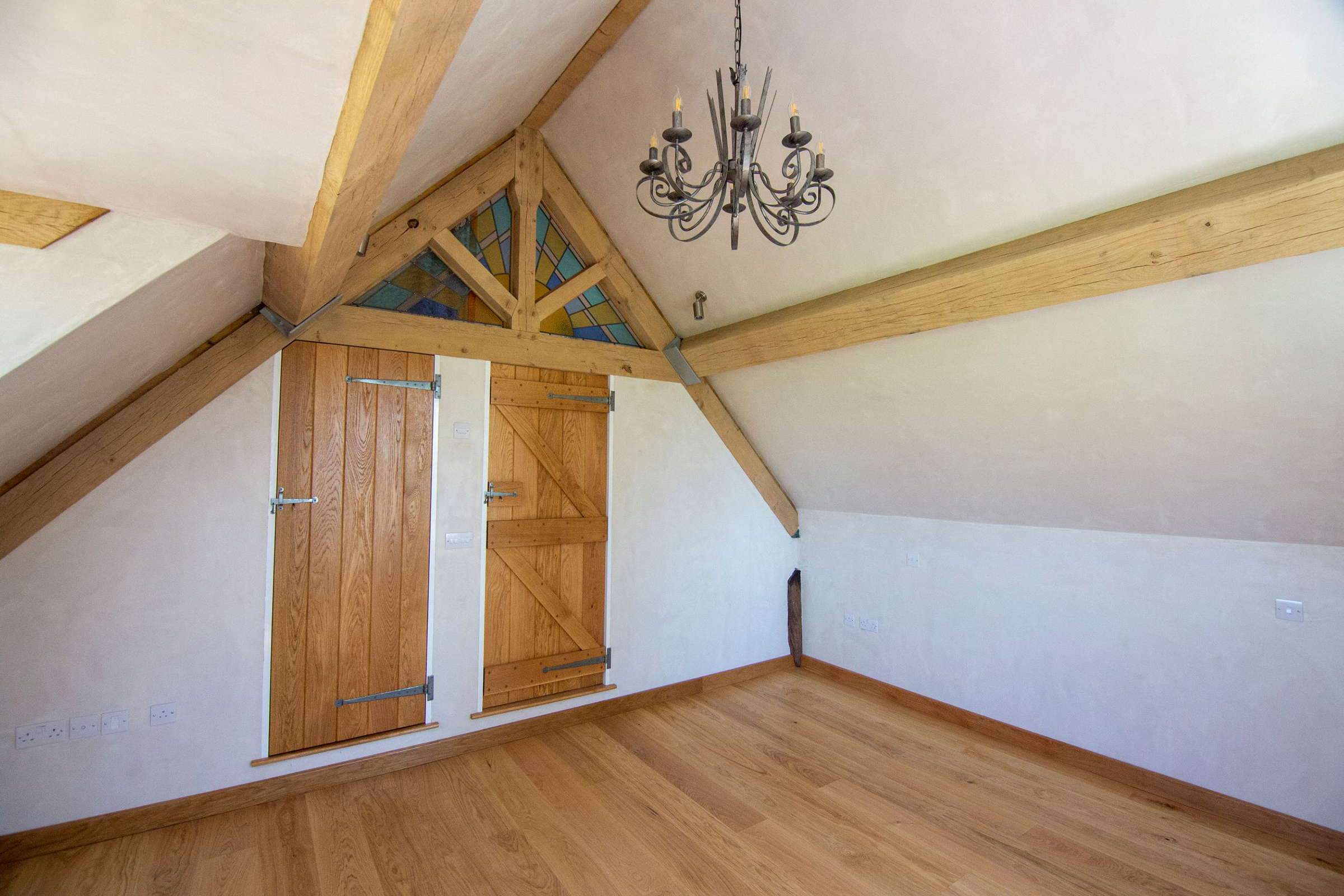
How is Lime Plaster Applied?
Lime plaster is usually applied using a three coat system that involves building up thin layers over time, allowing each to set before the next is applied.
The first layer is the 'scratch coat'. This is a layer of around 10mm and is applied to the substrate, such as lath or exposed masonry. It consists of coarse aggregate which is scratched to give a rough finish that offers a good key for the next coat. This layer usually takes 10 days to set but can take more.
The second coat is called the 'float coat'. It is also made using coarse aggregate and is 10mm thick, but is smoothed flatter and only scratched lightly to give a key for the final coat. This coat also takes around 10 days to set.
The finish coat – or 'skim coat' – is just 4mm thick. It is made with a smooth aggregate for a decorative end result. It takes around four days to set.
If you are using a lime-based plaster, there are products on the market that have been designed to reduce the labour involved and can mean the initial base coat is unnecessary.
How do I Prepare Walls for Lime Plaster?
If you are using a professional plasterer to apply your lime, they may well carry out wall preparation for you. However, it can save you money to do this job yourself.
If the wall is solid stone or brick, remove any old or loose lime plaster, along with all dust and loose material. If some old plaster is still in good condition it can often be left in place.
If your walls are made from timber laths, remove broken laths and replace them and get rid of old, loose plaster.
If you want your new lime plaster to match any old plaster that you are retaining you should ask your specialist to match it as closely as possible.
Once walls are clean and ready they are usually sprayed with a fine mist of clean water.
How Long Does Lime Plaster Take to Set?
Lime plaster is usually applied using a three coat system and each coat must be left to dry out before the next can be applied — although the initial 'scratch coat' should only take around 10 days to set, it can take up to three or four weeks in some conditions.
The next coat usually takes another 10 days to set and the final coat around four days.
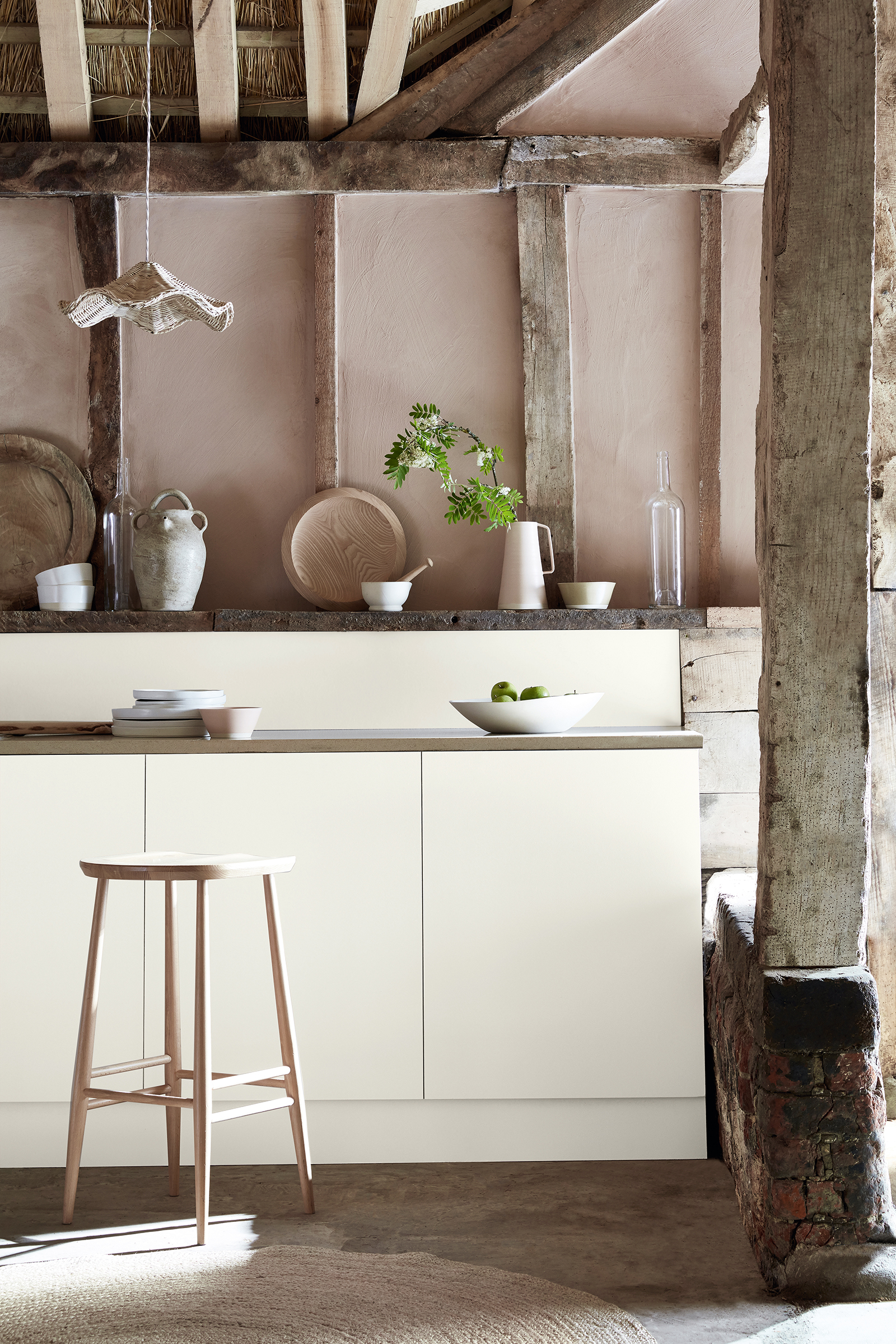
What Paint Can I Use on Lime Plaster?
It is pointless plastering your walls with beautiful, natural and breathable lime plaster only to cover them with a non-breathable paint.
For this reason it is important to use a paint suitable for use over lime plaster and also to wait as long as is recommended by your plasterer before painting. Earthborn Paints suggest that every 5mm thickness of lime needs a minimum of four weeks to cure before being painted or lime washed.
Lime wash is a very traditional way to finish lime plaster and is used not only to add colour but also to protect the wall beneath. It has microporous, alkaline properties that can deter algae growth and many conservation specialists recommend it.
On the downside, lime wash is quite maintenance heavy — it is applied by being built up in multiple layers and may also require re-application every couple of years.
An alternative is to opt for a breathable paint. These come in a wider range of colours than lime wash too.
Opting for a paint with a very matt finish is a great idea and looks very in keeping with the surface of lime plaster.
There are now several companies offering paints and lime washes suitable for lime plaster, including Earthborn Paints, Edward Bulmer, Little Greene and Farrow & Ball.
Look out for distemper too — a traditional breathable paint with a lovely soft, powdery finish.
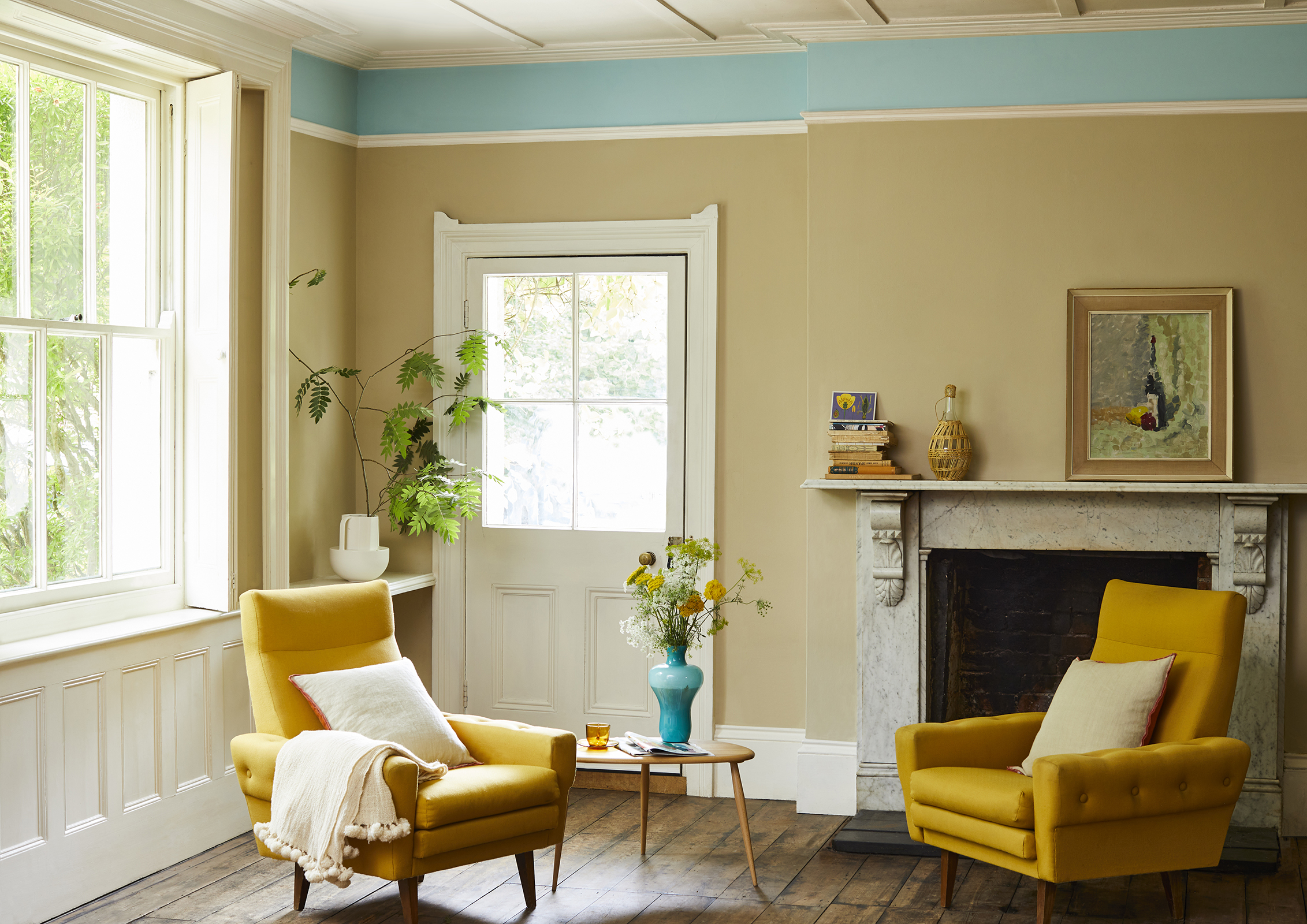
Natasha was Homebuilding & Renovating’s Associate Content Editor and was a member of the Homebuilding team for over two decades. In her role on Homebuilding & Renovating she imparted her knowledge on a wide range of renovation topics, from window condensation to renovating bathrooms, to removing walls and adding an extension. She continues to write for Homebuilding on these topics, and more. An experienced journalist and renovation expert, she also writes for a number of other homes titles, including Homes & Gardens and Ideal Homes. Over the years Natasha has renovated and carried out a side extension to a Victorian terrace. She is currently living in the rural Edwardian cottage she renovated and extended on a largely DIY basis, living on site for the duration of the project.

